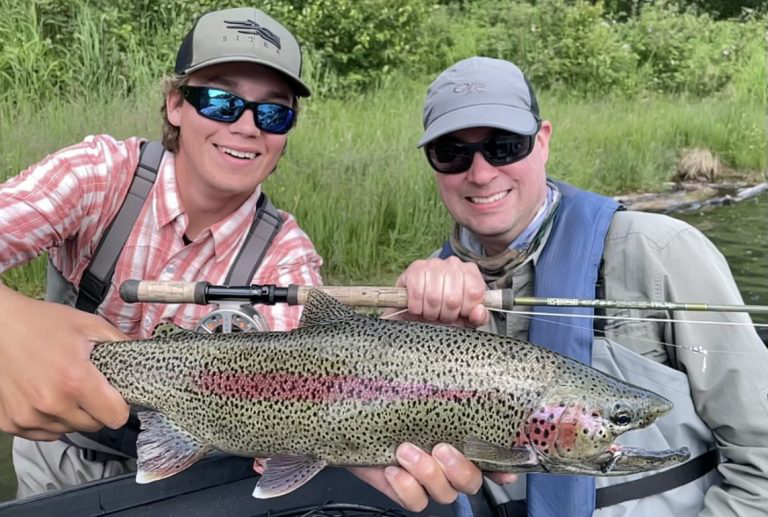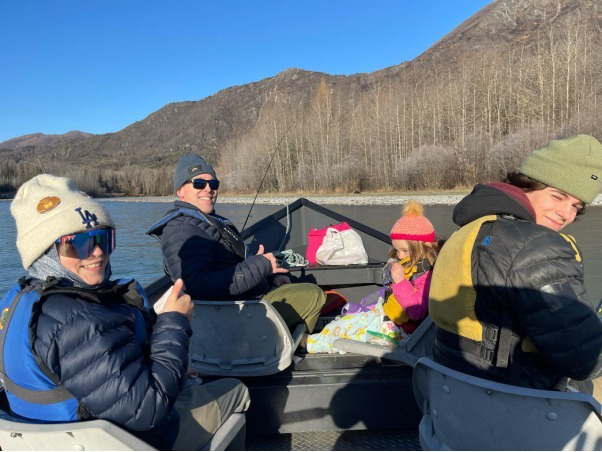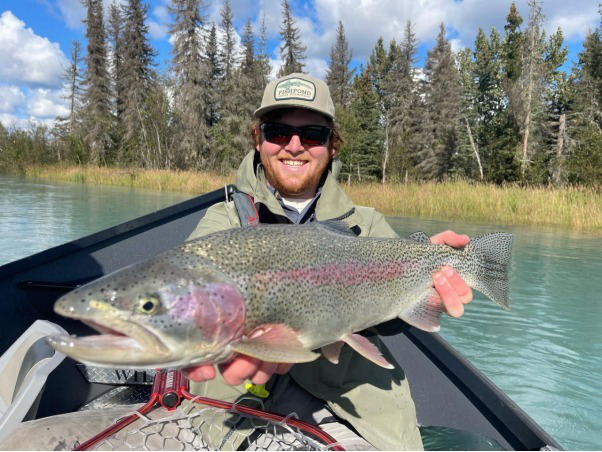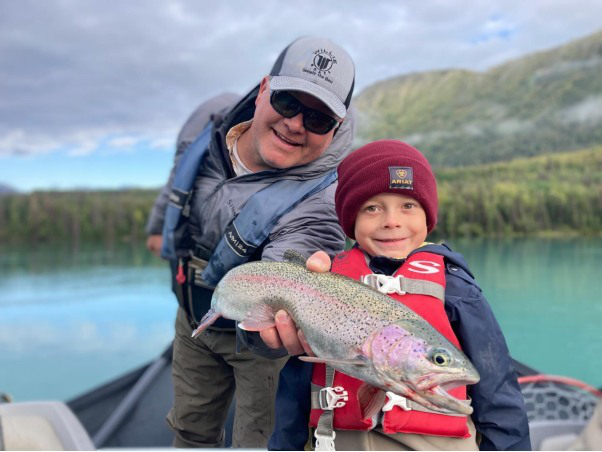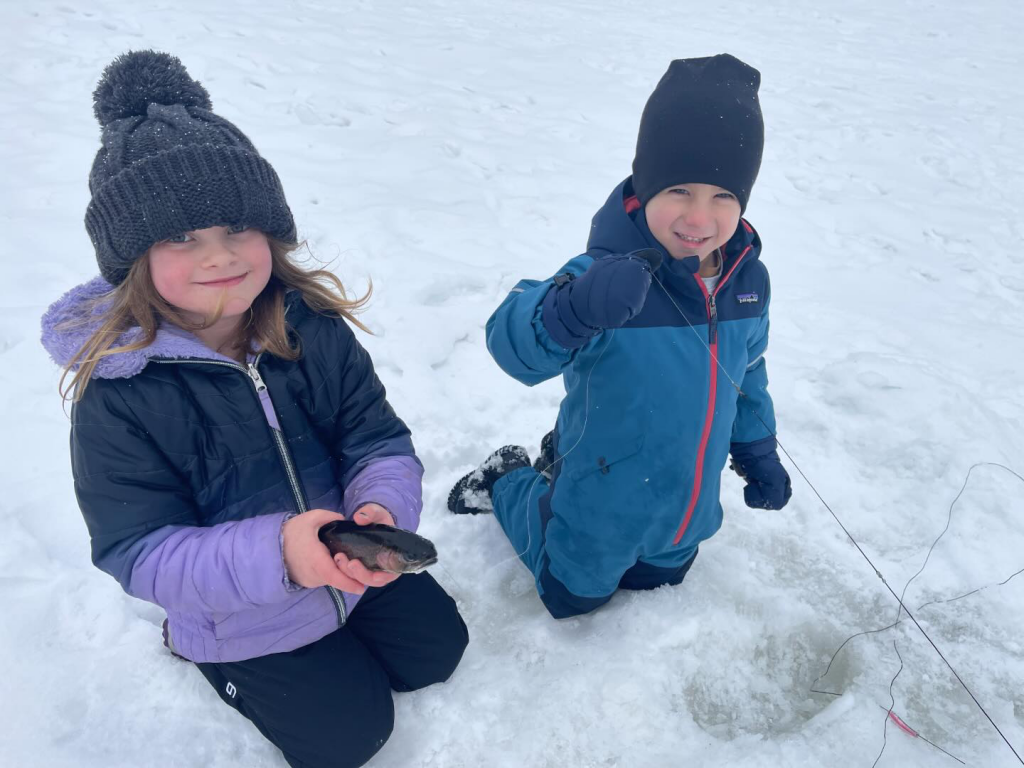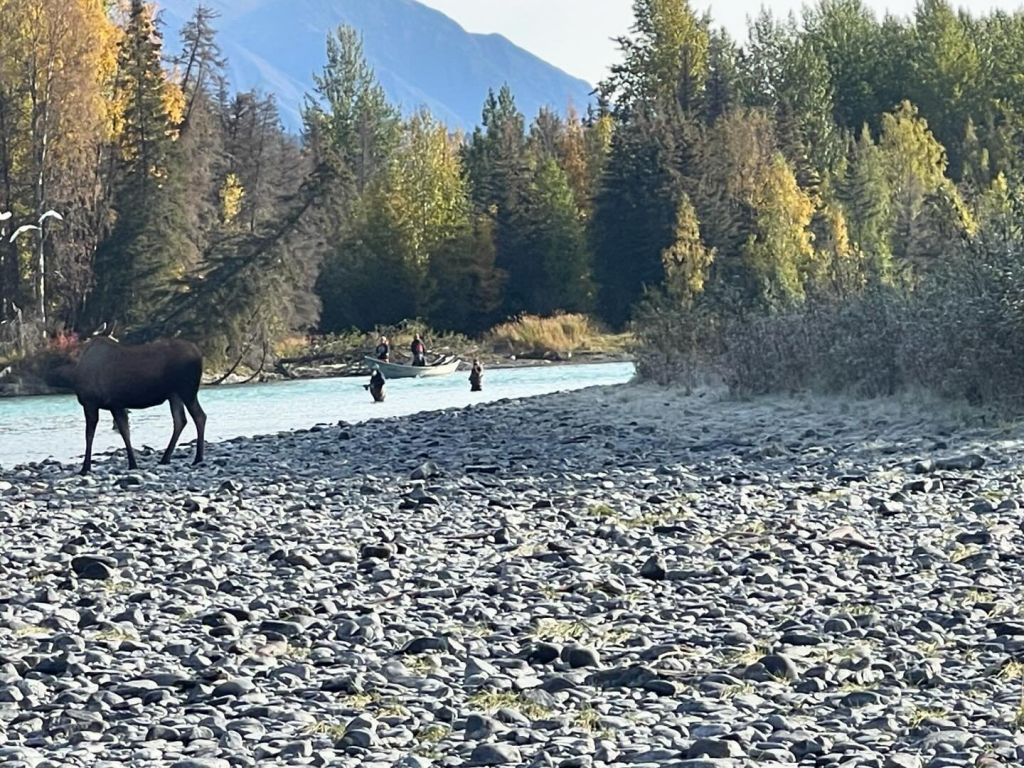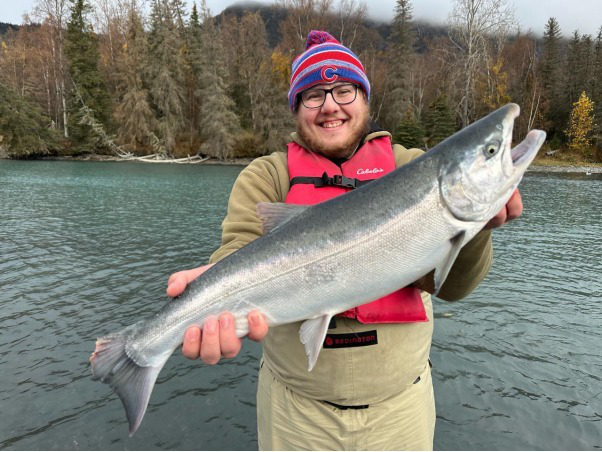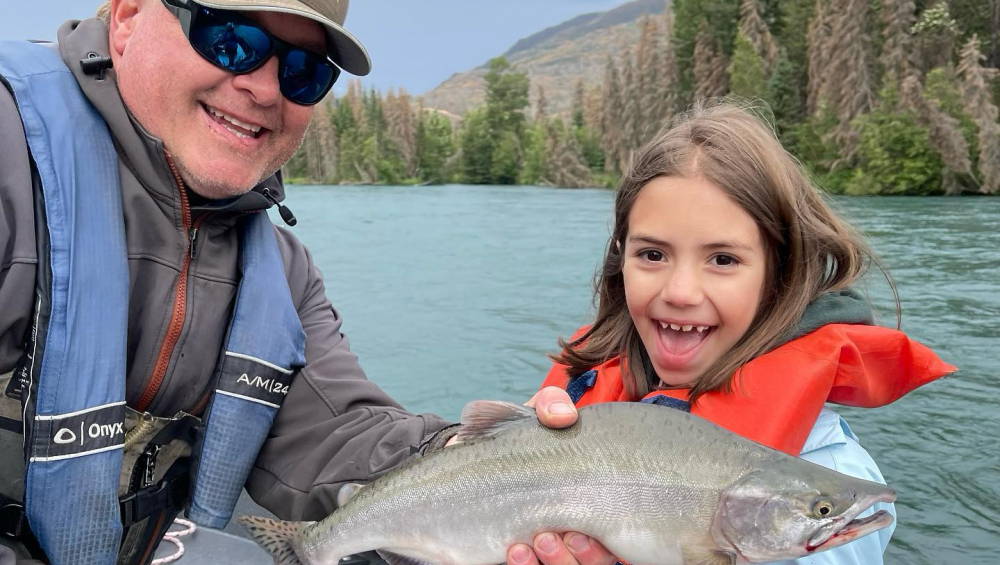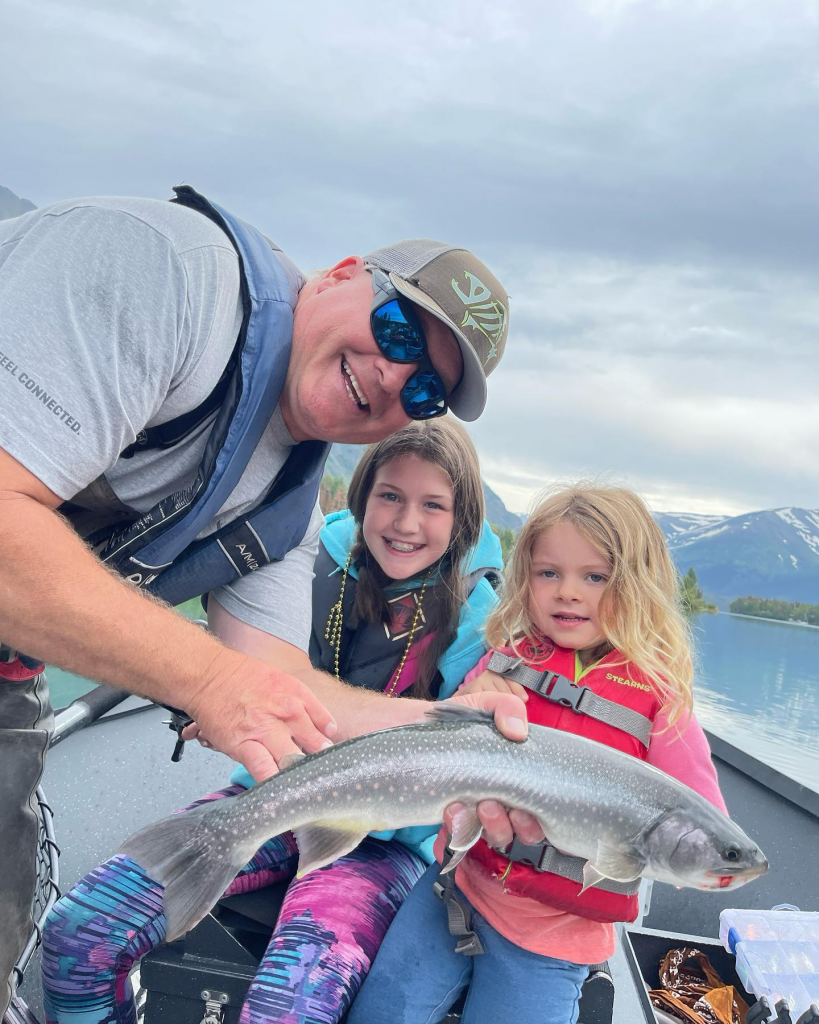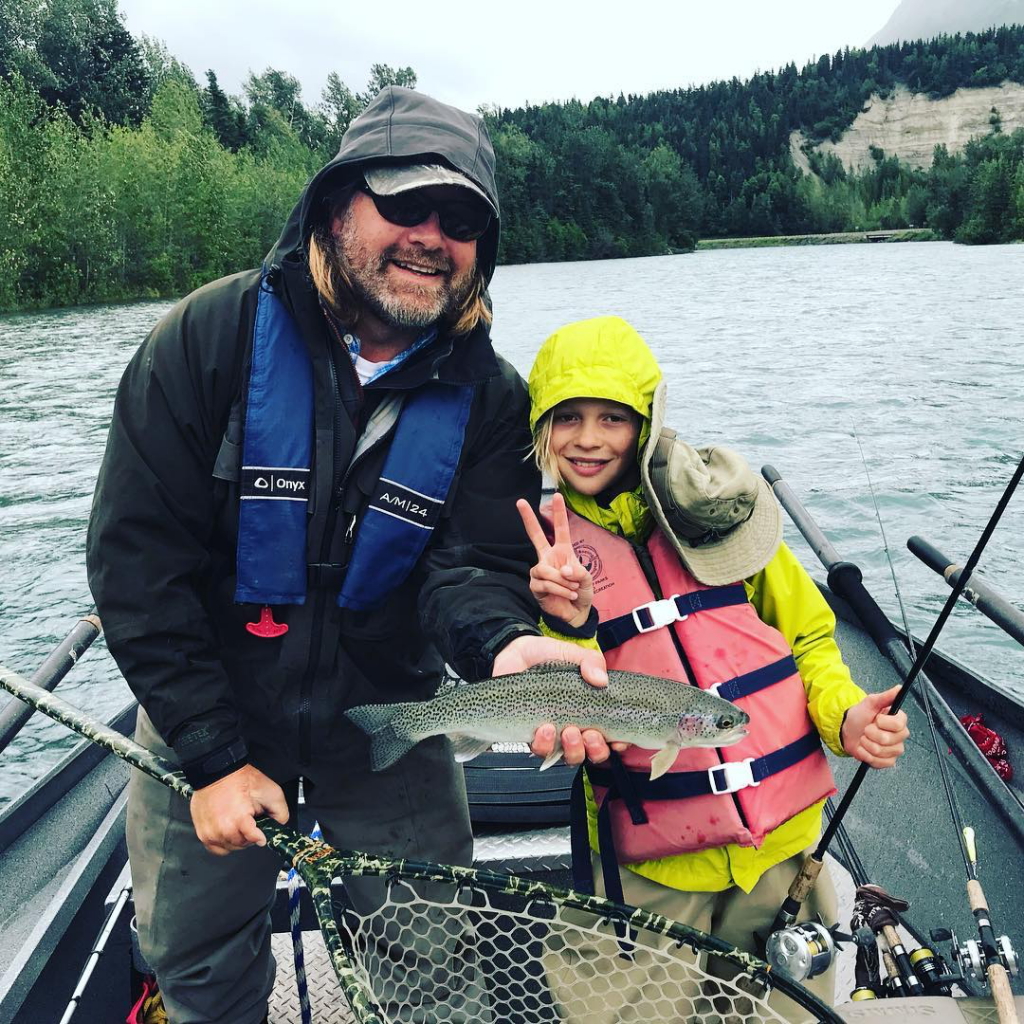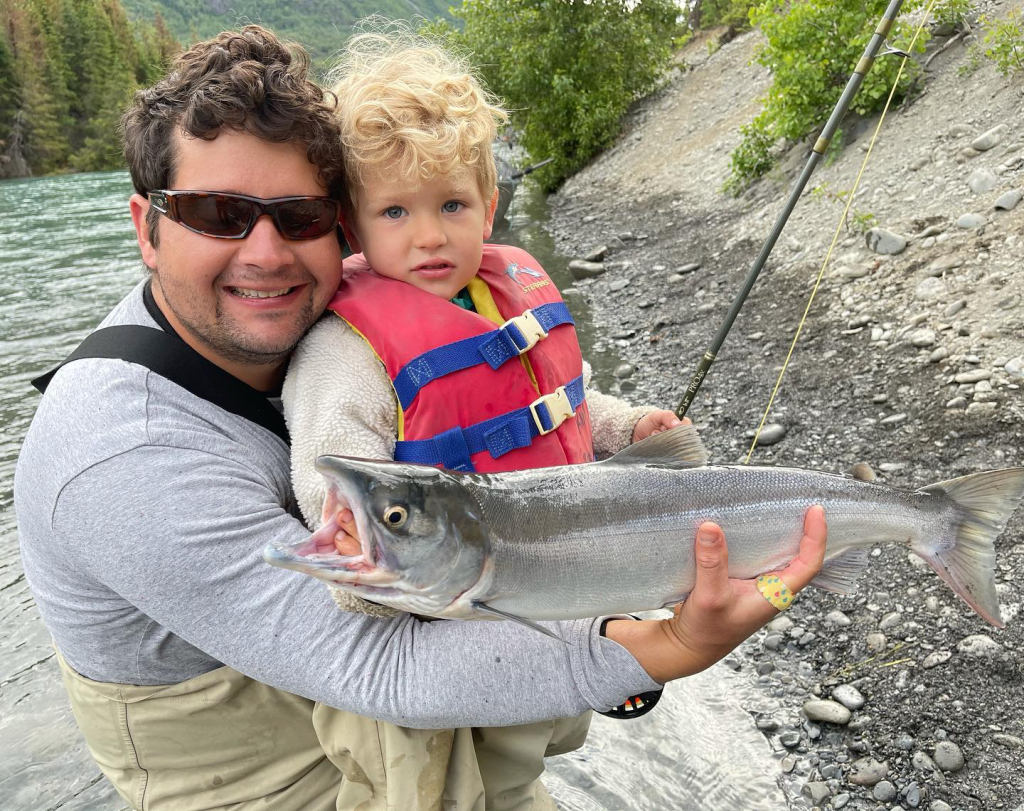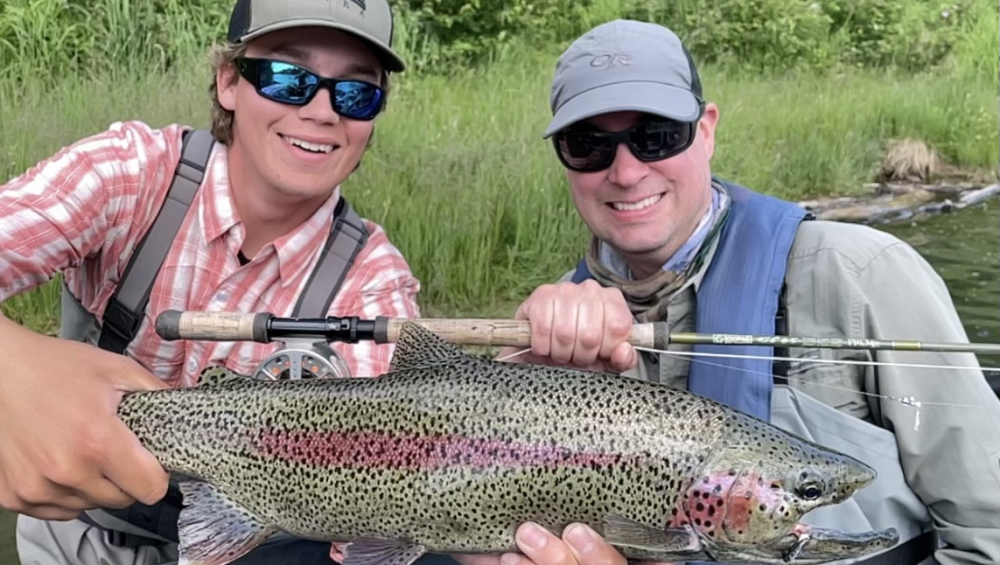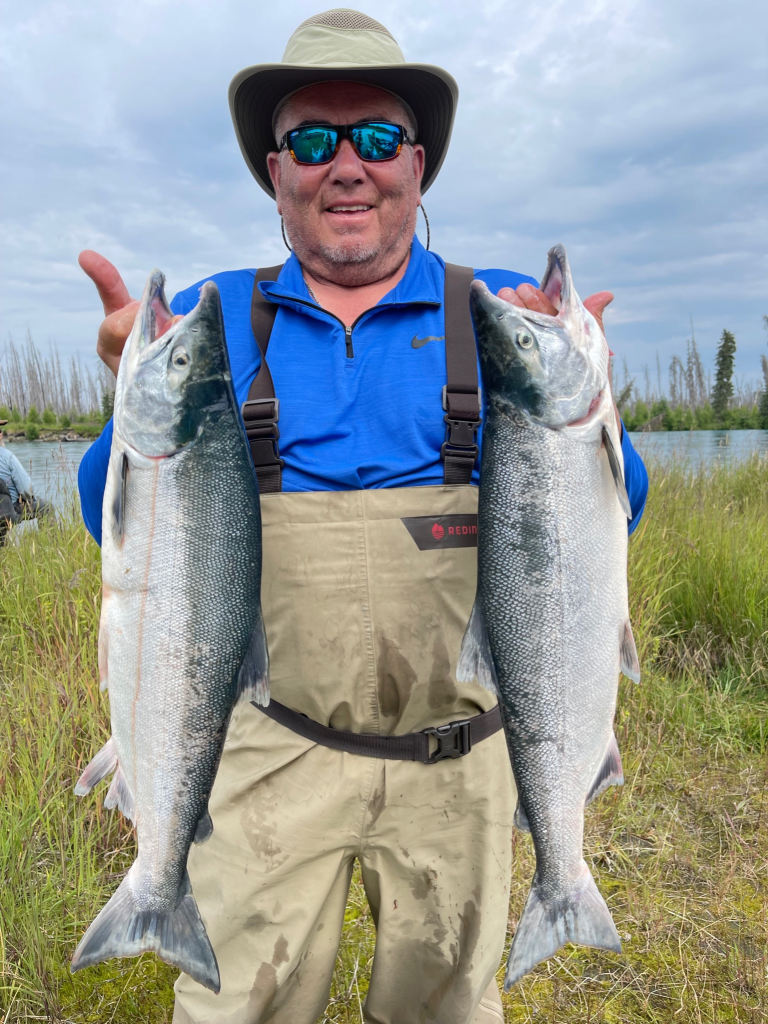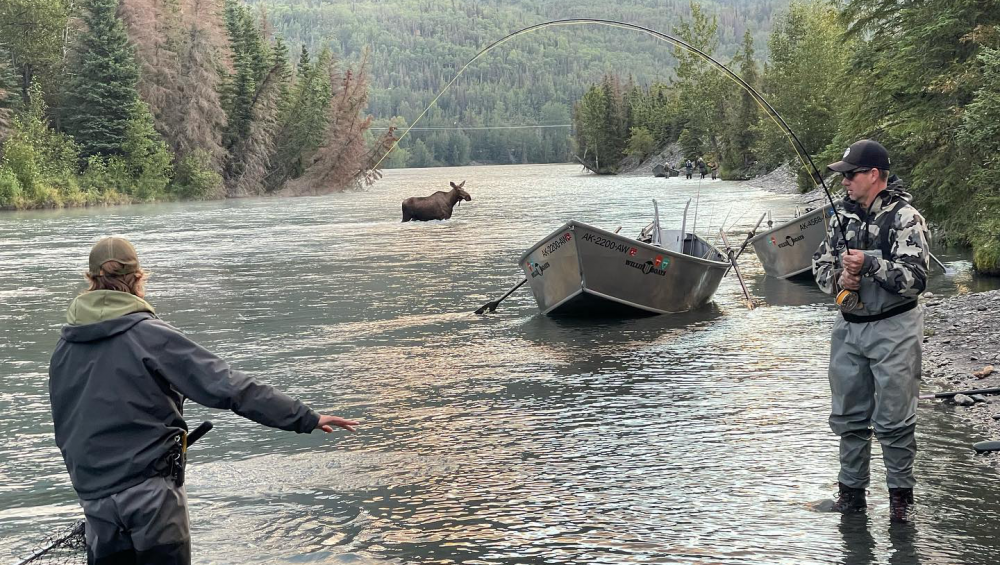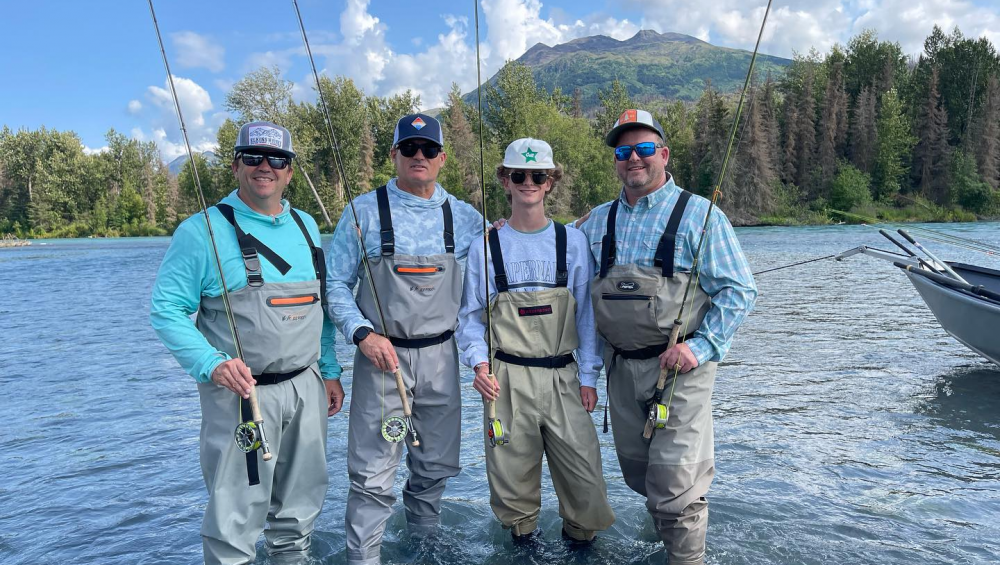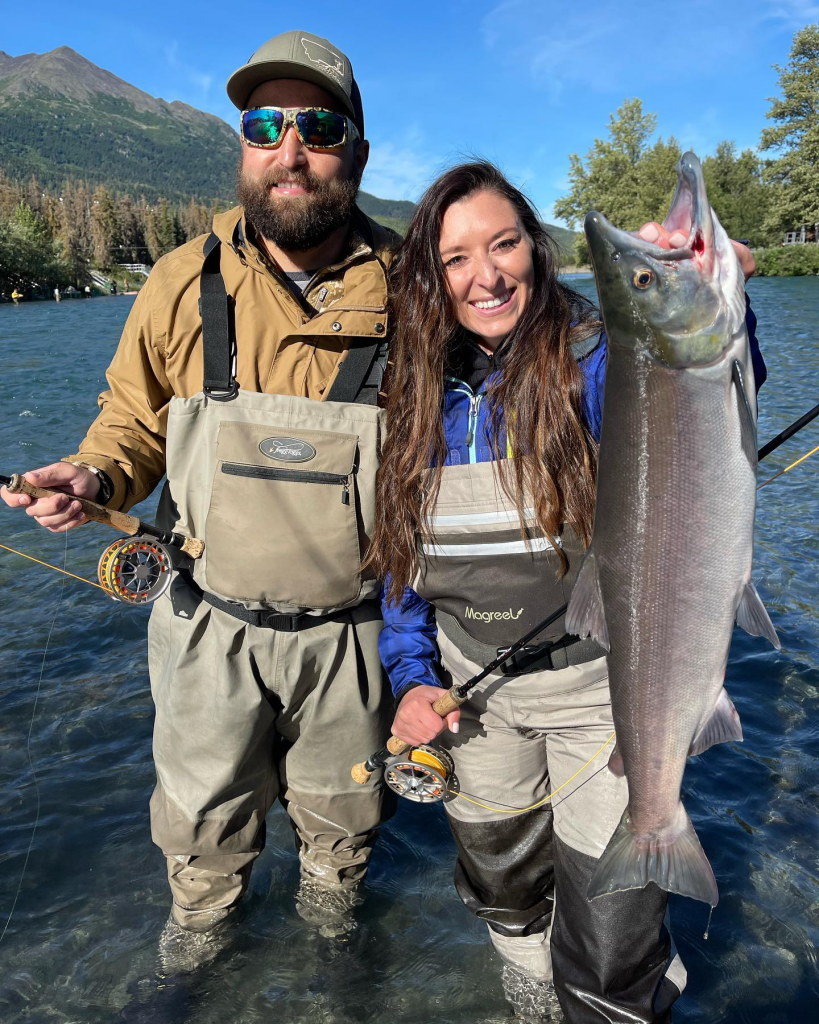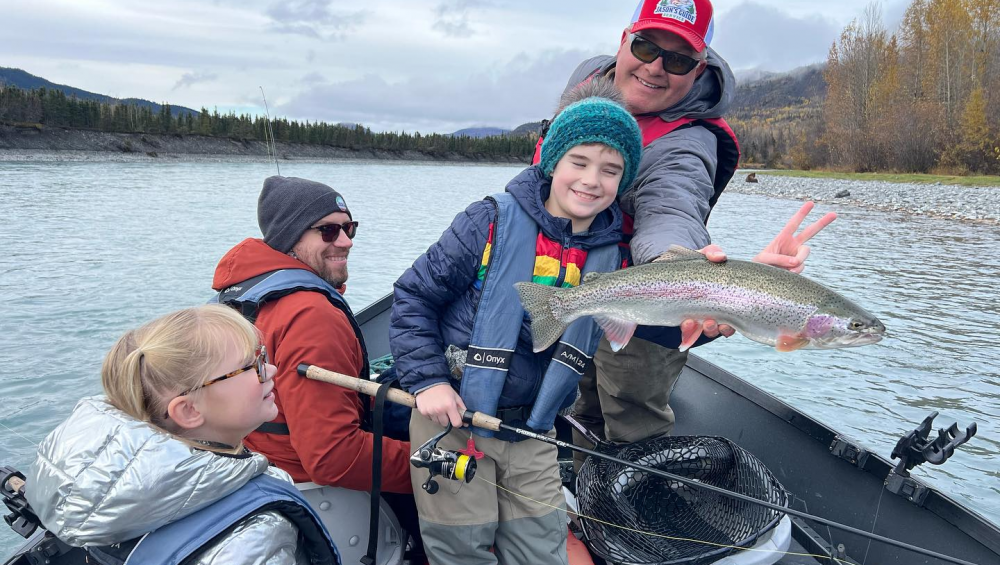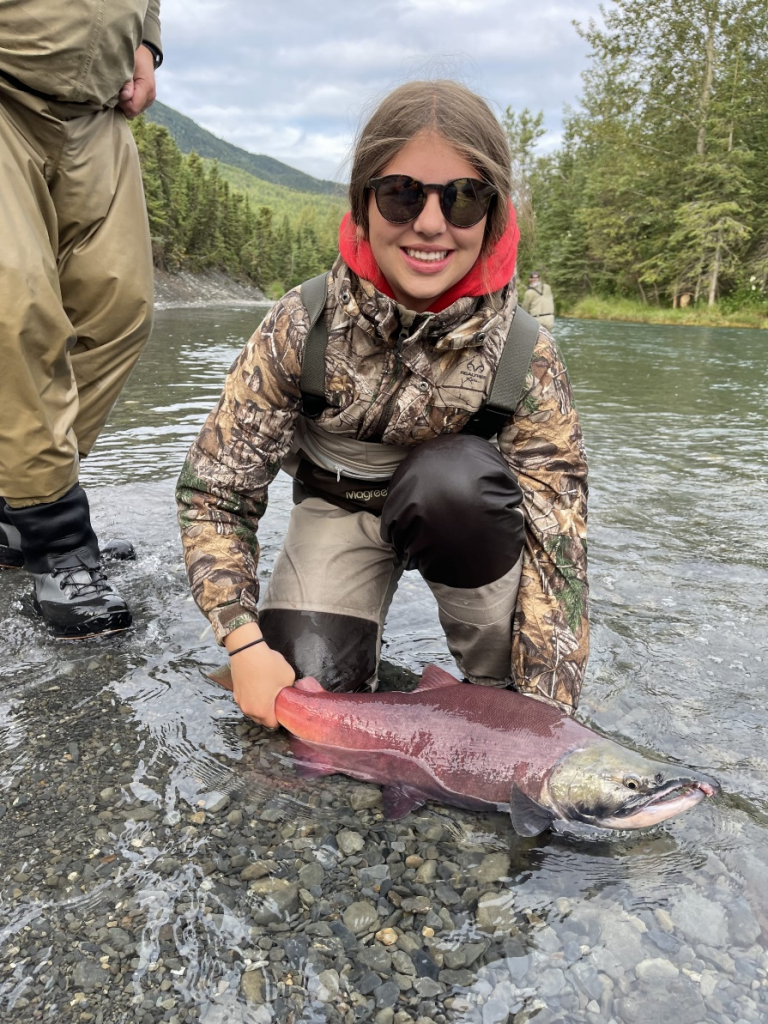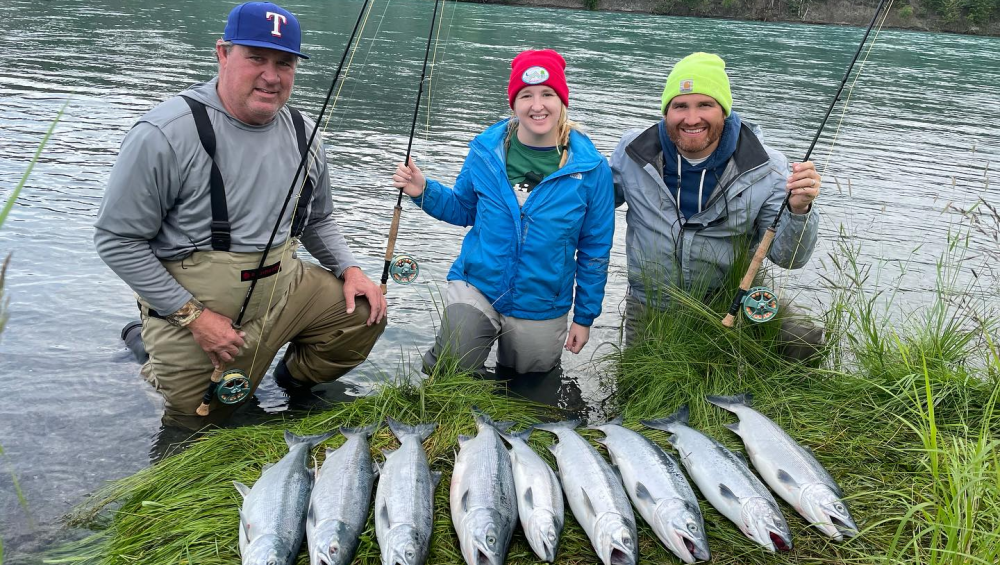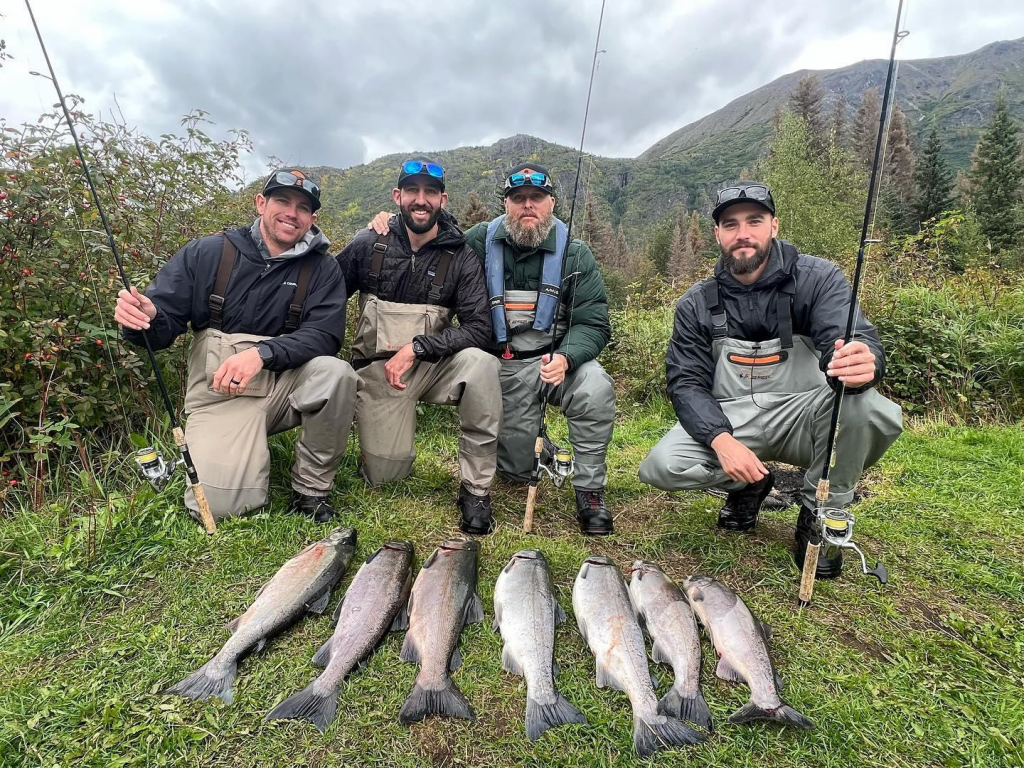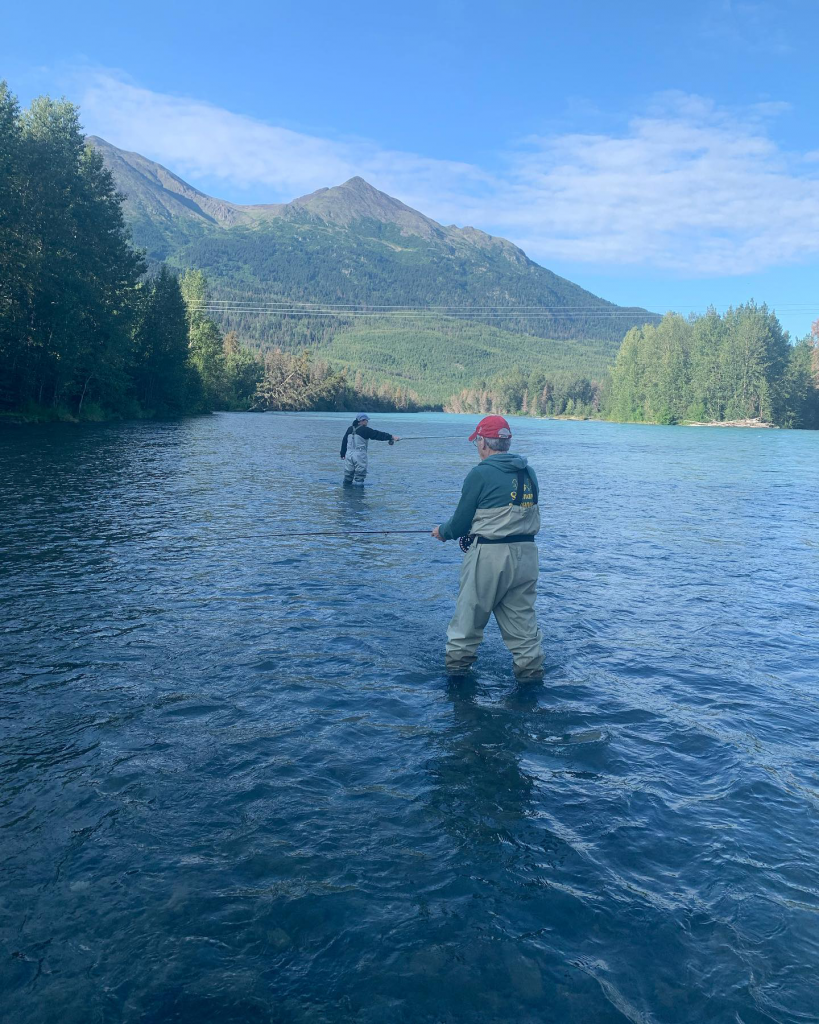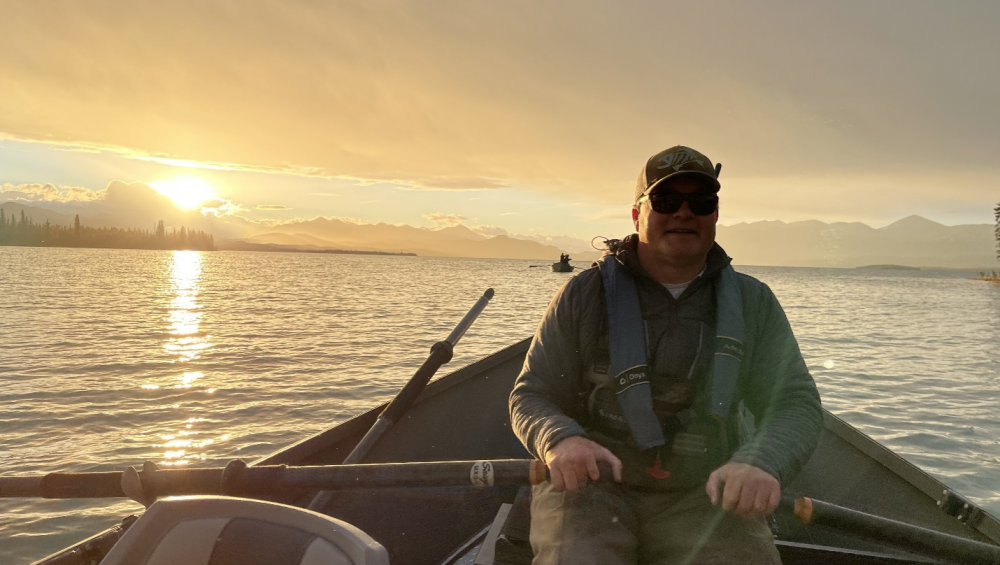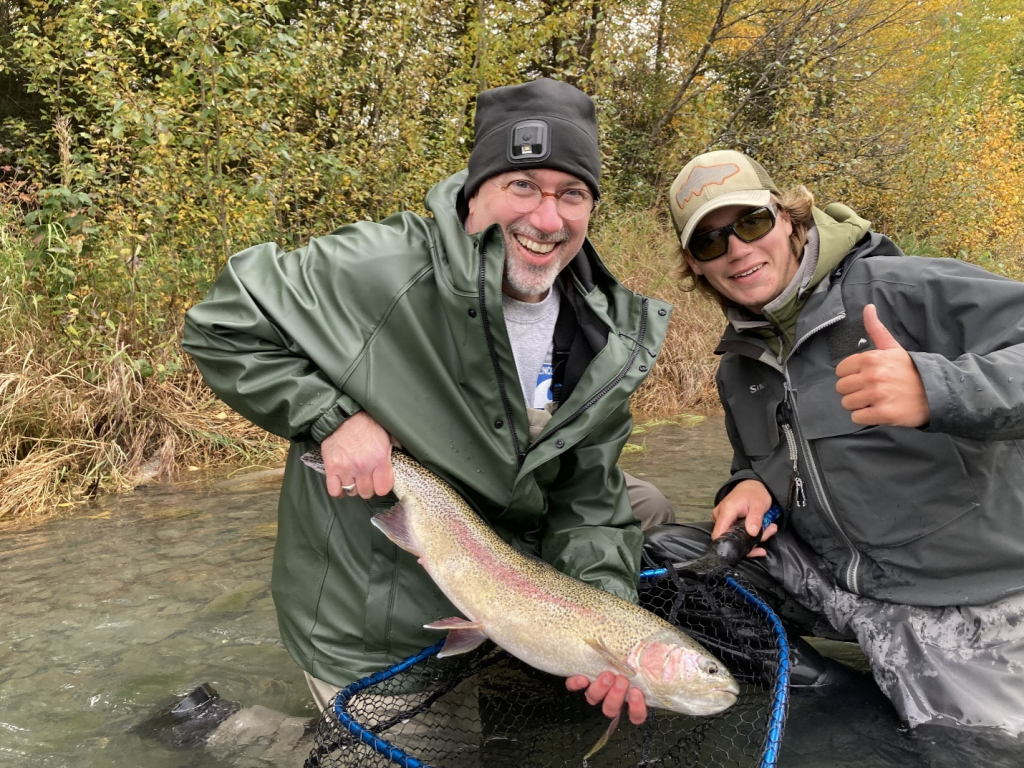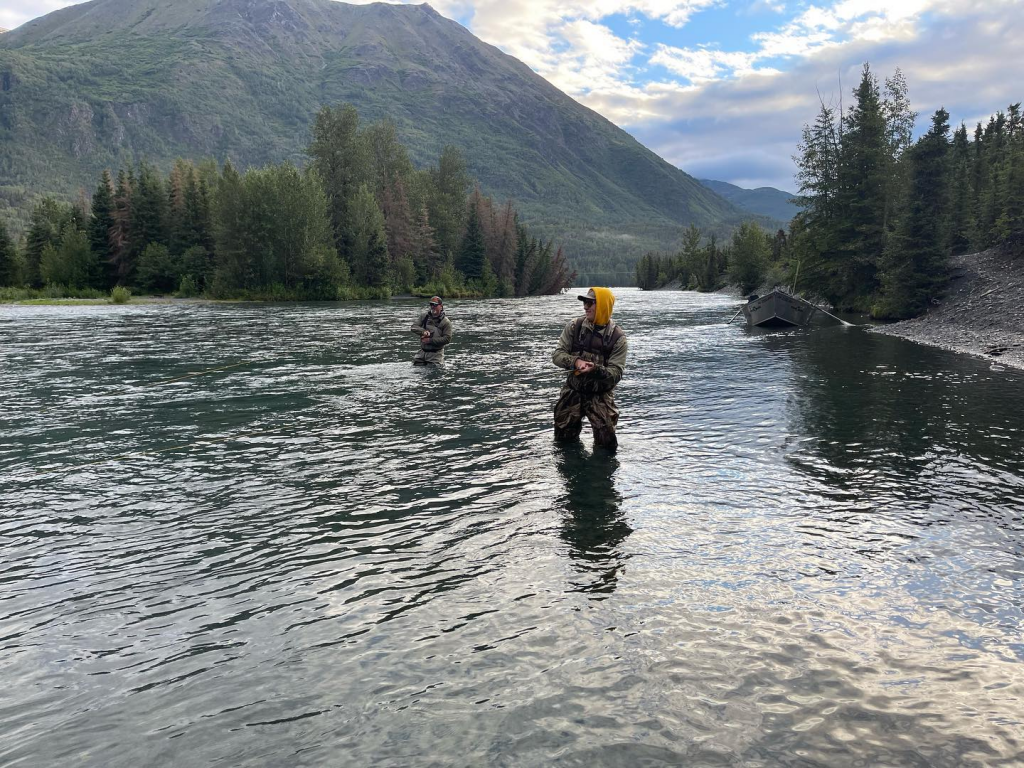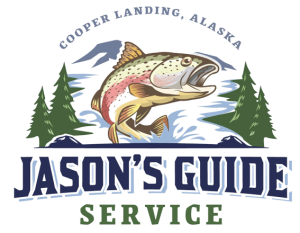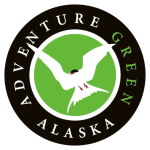The Kenai River is renowned for its pristine waters and abundant population of rainbow trout. These magnificent fish, prized by anglers worldwide, are renowned for their size, strength, and vibrant colors. But this very popularity necessitates a responsible approach.
Maintaining a healthy Kenai River ecosystem hinges on the widespread adoption of catch-and-release practices. By carefully handling and releasing these incredible creatures, we ensure future generations can experience the thrill of battling a Kenai River rainbow trout.
For anglers seeking the ultimate fishing experience, catching and releasing these majestic fish is not only a thrilling pursuit but also a vital conservation effort. In this comprehensive guide, we’ll discuss the catch and release strategies and techniques of rainbow trout fishing on the Kenai River, ensuring their preservation for future generations to enjoy.
Understanding Rainbow Trout
Kenai River rainbow trout are no ordinary catch. These bruisers can reach jaw-dropping lengths exceeding 30 inches and tip the scales at a hefty 20 pounds. Their vibrant coloration, with a broad reddish stripe running along their flank, makes them a breathtaking sight. Unlike their hatchery-raised cousins, Kenai rainbows are entirely wild, boasting a diverse genetic makeup thanks to the various tributaries and lakes that feed the river.
Seasons play a crucial role in where and how these fish behave. Warmer summer months find them actively feeding in faster-moving sections of the river. As fall approaches, they move towards slower currents and deeper pools, drawn by the abundance of spawning salmon – a key element in their diet. Respecting spawning seasons and protected areas is paramount to ensuring the long-term health of the fishery.
By understanding these seasonal shifts and following regulations, you can target these magnificent fish while promoting a sustainable future for the Kenai River.
Essential Gear for Catch and Release
Taming a Kenai River rainbow trout requires the right tools for the job. A sturdy rod and reel combo is essential. Choose a 7 or 8-weight fly rod for a more traditional experience or a longer spinning rod rated for up to 17 lbs test line if you prefer spin fishing. Remember, these fish are powerful swimmers, so don’t underestimate the fight.
When it comes to hooks, barbless is the way to go! Barbless hooks ensure quicker and easier removal, minimizing injury to the fish during release. Match your hook size to the flies or lures you’ll be using, keeping in mind the size of the trout you’re targeting. Line weight is also crucial. Aim for a strong line like a 10-12 lb fluorocarbon tippet for fly fishing or a 20 lb braided line for spin fishing. This will provide the necessary control during the fight.
Beyond the rod and reel, a few other essentials shouldn’t be forgotten. Waders are a must for navigating the river’s currents, and a good pair of hemostats or long-nose pliers will come in handy for removing hooks.
Consider using landing tools like nets or cradles to minimize the time the fish spends out of the water. Landing nets with a deep basket ensure the fish stays securely submerged while you unhook it. Alternatively, cradles made of soft mesh offer excellent support for larger trout. Remember, the less time the fish spends out of the water, the higher its chance of survival upon release.
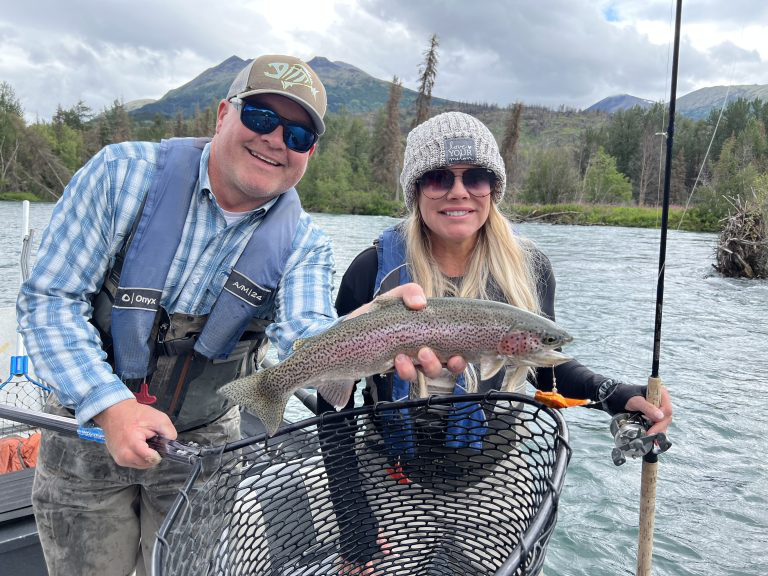
Mastering Catch and Release Techniques
Now that you’re geared up let’s delve into the heart of catch and release – handling these magnificent fish with respect.
Proper Fish Handling
The golden rule: minimize stress on the fish! Keep your hands wet before handling the trout. This protects the protective slime coating on their bodies. Cradle the fish firmly but gently, supporting its weight with both hands. Avoid grabbing it by the gills, which can damage their delicate breathing apparatus. If possible, use a fish cradle or net for submerged handling, keeping the fish in the water as much as possible.
Effective Fighting Tactics
The fight with a Kenai rainbow trout is a thrilling experience, but remember, your goal is a healthy release. Use a fighting style that allows the fish to expend its energy naturally. Apply controlled drag, letting the fish tire itself out before attempting to bring it closer. Avoid putting excessive pressure on the rod or reeling too quickly. Take your time and enjoy the battle!
Quick Unhooking
Once the fish is alongside you, time is of the essence. Swift unhooking minimizes stress and injury. Have your hemostats or pliers ready, and remove the hook quickly and carefully. If the hook is deeply lodged, consider cutting the line close to the knot rather than risking harm to the fish. If the fish appears lethargic after unhooking, revive it gently by holding it in the water current facing upstream until it regains its strength.
Proper Release Techniques
The final step – a successful release! Hold the fish facing upstream in calm water and gently ease it back into the river. Observe it for a moment to ensure it swims away strongly. Remember, a healthy release is just as important as a successful catch!
Additional Tips for Success
Don’t underestimate the power of a good pair of polarized sunglasses! They cut through glare, allowing you to spot fish and underwater structures with greater clarity, giving you an edge in locating your target.
Remember, the Kenai River is a shared resource. Upholding catch-and-release etiquette goes beyond just the fish. Respect other anglers, avoid crowding popular spots, and practice courtesy on the water.
Book a Guided Fishing Trip for Rainbow Trout
Ready to experience the thrill of battling a trophy rainbow trout on the legendary Kenai River? For an unforgettable catch-and-release fishing adventure, consider booking a guided fishing trip with Jason’s Guide Service. Our experienced fishing guides will not only lead you to the most productive fishing spots but will also ensure you employ proper techniques to land your catch and release it unharmed, promoting the health of this incredible fishery.
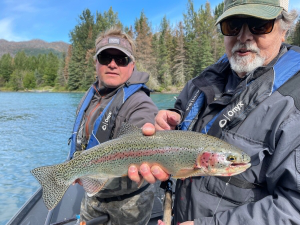
With years of experience navigating the Kenai River and a deep understanding of catch-and-release practices, Jason’s team will ensure your Kenai fishing trip is a resounding success. Contact us today and start planning your dream trip!

